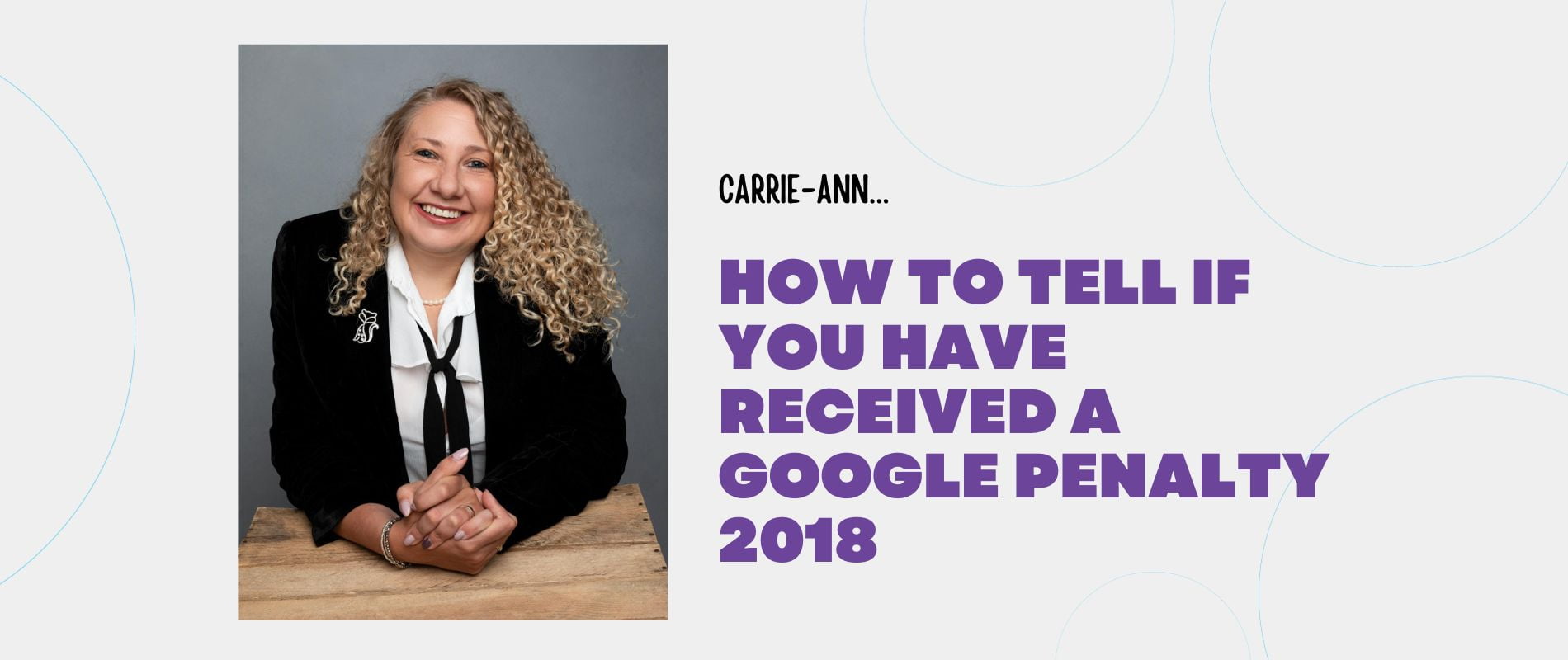
How to tell if you have received a Google penalty
In the see-saw world of Internet marketing how do you find out if you’ve been slapped with a Google penalty? Typically you’ll experience a sudden loss of traffic. But it’s important not to panic. With Google making an increasing number of adjustments to its filters and algorithms how do you know it’s a penalty rather than just a bump on the road?
You don’t need to be an SEO expert to determine if you are on the wrong side of a penalty. But making corrections based on what you find needs to be handled with care. This is what you should do.
- Check Google Webmaster Tools. Google has been sending messages to webmasters via its Webmaster Tools platform. The first thing you should do is check whether you have a notice about your website having an unnatural link pattern. This means Google believes the pattern of sites linking to your site don’t look natural.
- Even if there is no message you should be asking yourself whether you have bought, exchanged or swapped substantial links or whether you have a substantial number of your own sites interlinking. When Google sees 500 sites on one server all linking to each other it does start asking questions.
- If you have a message in GWT then you have been hit by a manual penalty. What you do next is up to you but the best advice is a rigorous analysis of your links. It has been suggested that very large sites need to buy in outside help to do this. But the same can apply to smaller sites who have outsourced link building and who don’t have a clear idea of the strategy employed or the criteria used.
- The next thing you should do is check the dates of Google algorithm updates. The best source of this information is SEOmoz at http://www.seomoz.org/google-algorithm-change.What you need to do is to check your Google Analytics (or whatever tool you use) console to see if a reduction in impressions generally coincides with changes to Google’s algorithm. If there is a correlation then you can begin to suspect you may have a penalty. It’s also worth saying that there are many different levels of penalty so some are more easily overcome than others.
- If you can map a drop in rank and traffic to Google activity then the details at SEOmoz should give you an idea whether you have link or content issues.
- The Panda filter deals with content issues. If you have thin or boilerplate content or are guilty of keyword stuffing you may have been given a penalty related to Panda. Again the date of your traffic drop should help. Also ask yourself whether your content is meaningful for your desired audience and well written and edited.
- If your links are from varied and good quality sources it may be that a Penguin update has applied a penalty for unnatural anchor text. I’ve written elsewhere about how this should be varied but the main point is that it should look natural. Vary your company name and keywords, and web address. See my blog about post penguin link building.
Being able to be accurate about the cause of a penalty can be a time consuming process. But if you don’t do the work or pay someone to do it, all your future efforts will be built on a house of cards.
The question I am asked more than any other is how long does it take for a site to bounce back from a penalty? Sadly there are no hard and fast rules. Evidence suggests you may not recover when your site is next crawled. Rather you may have to wait until the next applicable algorithm update.